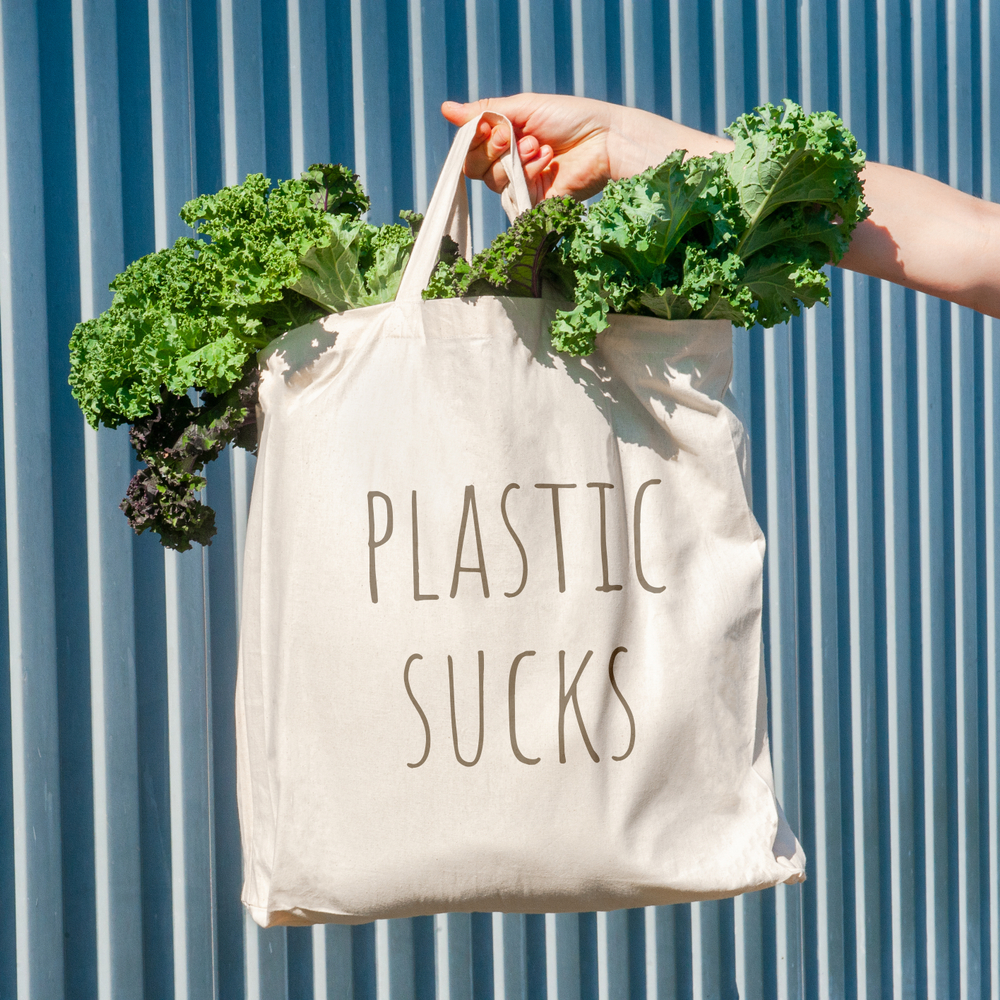
Homeowners can adopt eco-friendly practices without spending much money. Start by being mindful of energy usage: turn off lights and unplug electronics when not in use, and adjust thermostats to energy-saving temperatures. Conserving water is also key—fix leaky faucets, take shorter showers, and only run the dishwasher and washing machine with full loads.
In the yard, collect rainwater in barrels for watering plants, start a compost pile for kitchen scraps and yard waste, and opt for native plant species that require less water and maintenance. Embrace the mantra of “reduce, reuse, recycle” by choosing reusable products, recycling whenever possible, and repurposing household items instead of tossing them out.
When it comes to cleaning, make your own eco-friendly solutions with vinegar, baking soda, and lemon juice, or choose cleaning products that are biodegradable and chemical-free. In the kitchen, cook efficiently by using lids on pots and pans, opting for smaller appliances when possible, and cooking multiple meals at once to save energy.
Don’t forget to insulate and seal your home to prevent drafts and reduce heating and cooling costs. And consider creating habitats for wildlife by leaving part of your yard natural and avoiding chemical pesticides and fertilizers.
LETTING GO OF PLASTIC
Transitioning from household plastic products to non-plastic alternatives is a significant step towards reducing one’s environmental footprint and promoting a more sustainable lifestyle. Plastic pollution has become a pressing global issue, with plastic waste harming ecosystems, wildlife, and even human health. By making the switch to non-plastic products, individuals can contribute to mitigating this problem and fostering a healthier planet for future generations.
One of the first areas where people can start eliminating plastic is in the kitchen. Instead of relying on single-use plastic items like cling wrap, plastic bags, and disposable cutlery, individuals can opt for reusable alternatives. Stainless steel or glass food containers, beeswax wraps, and silicone food storage bags are excellent substitutes that not only reduce plastic waste but also help preserve food freshness without leaching harmful chemicals.
In the bathroom, plastic is pervasive in products like shampoo bottles, toothbrushes, and disposable razors. However, there are numerous eco-friendly options available. Bamboo toothbrushes, shampoo bars packaged in recyclable materials, and safety razors with replaceable blades are all sustainable alternatives that minimize plastic usage while maintaining personal hygiene routines.
Beyond the kitchen and bathroom, there are countless other areas where plastic products can be replaced with non-plastic alternatives. For instance, swapping plastic cleaning brushes and sponges for ones made from natural materials like bamboo or coconut fiber can effectively clean surfaces while reducing plastic waste. Similarly, choosing clothing made from organic cotton or recycled materials over synthetic fabrics can minimize microplastic pollution in the environment.
Making the switch from household plastic products to non-plastic alternatives may require some initial adjustments, but the long-term benefits are well worth it. Not only does it help combat plastic pollution, but it also encourages a mindset of conscious consumption and environmental stewardship. By embracing non-plastic alternatives in everyday life, individuals can play a part in creating a more sustainable future for the planet.
With these simple steps, homeowners can make a significant difference for the environment without spending a lot of money.
Follow me on social media for more Real Estate information:
LinkedIn (64) Julia Montei | LinkedIn
Facebook http://www.facebook.com/juliamonteire
Website: Julia Montei (cbmoxi.com)



 Facebook
Facebook
 X
X
 Pinterest
Pinterest
 Copy Link
Copy Link